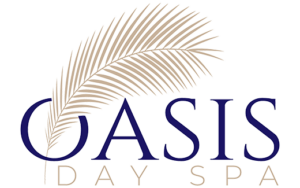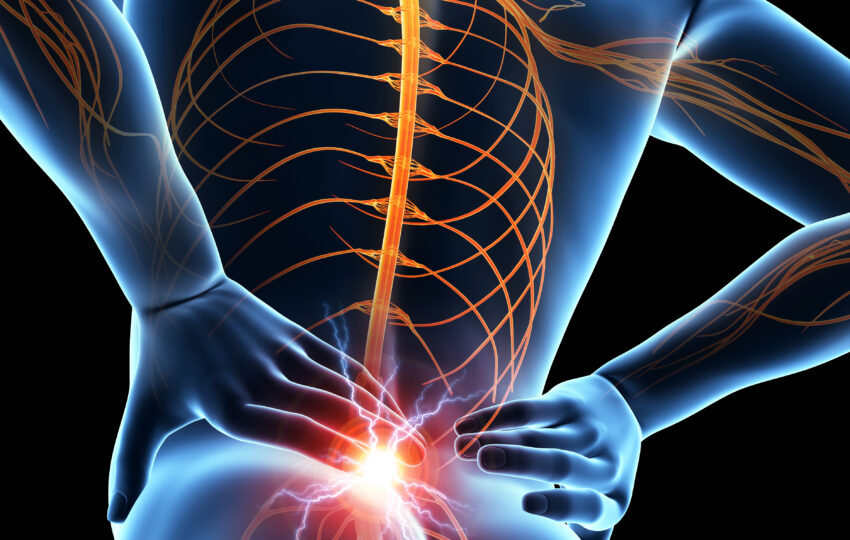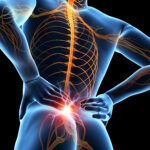“I’d like to introduce a year long series on the most common physical ailments where massage can really be a game changer. This month’s focus is on Sciatic Pain and how it relates to Piriformis Syndrome. Each issue will include the science behind the pain, common massage techniques that help, and at home stretches and self-care that you can do for relief.”
Shelley- Owner, Oasis Day Spa
The Science Behind Sciatic Pain and How to Relieve It
Sciatic pain, commonly referred to as sciatica, is a condition characterized by pain that radiates along the path of the sciatic nerve. This nerve, the largest in the body, originates in the lower back, runs through the hips and buttocks, and extends down each leg. Sciatic pain can range from a mild ache to sharp, burning discomfort, often accompanied by numbness or tingling. Understanding the causes of sciatica and how to alleviate it can help those who suffer from this condition regain their quality of life.
The Science of Sciatic Pain and Piriformis Syndrome
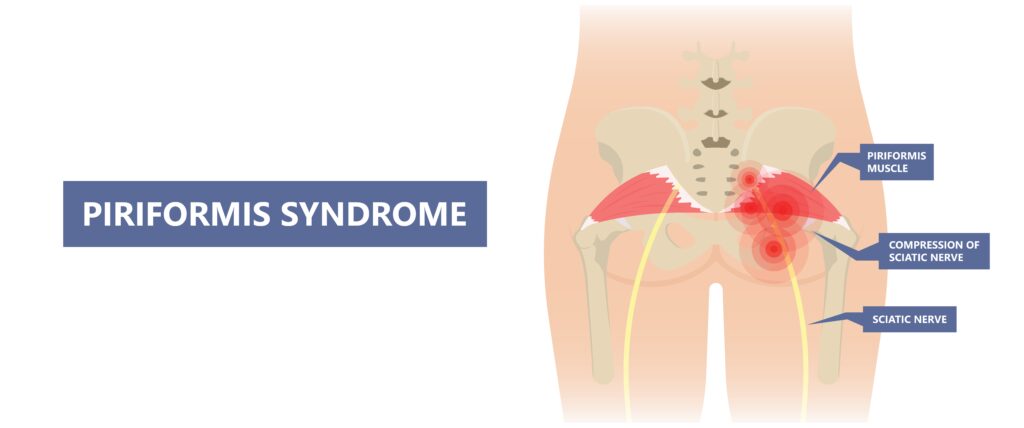
Sciatic pain typically occurs when the sciatic nerve is compressed or irritated. This can happen for several reasons, including:
- Herniated Discs: When the soft inner material of a spinal disc protrudes through its outer layer, it can press on the nerve roots that form the sciatic nerve.
- Spinal Stenosis: A narrowing of the spinal canal can place pressure on the sciatic nerve.
- Piriformis Syndrome: The piriformis muscle, located in the buttocks, can irritate or compress the sciatic nerve if it becomes tight or spasms. Massage can give signifcant relief to this common cause of sciatic pain
- Degenerative Disc Disease: Age-related wear and tear on the spine can lead to inflammation and nerve irritation.
The pain is often worse when sitting, sneezing, or coughing, and it can affect one or both sides of the body, depending on the underlying cause.
How Massage Therapy Can Help
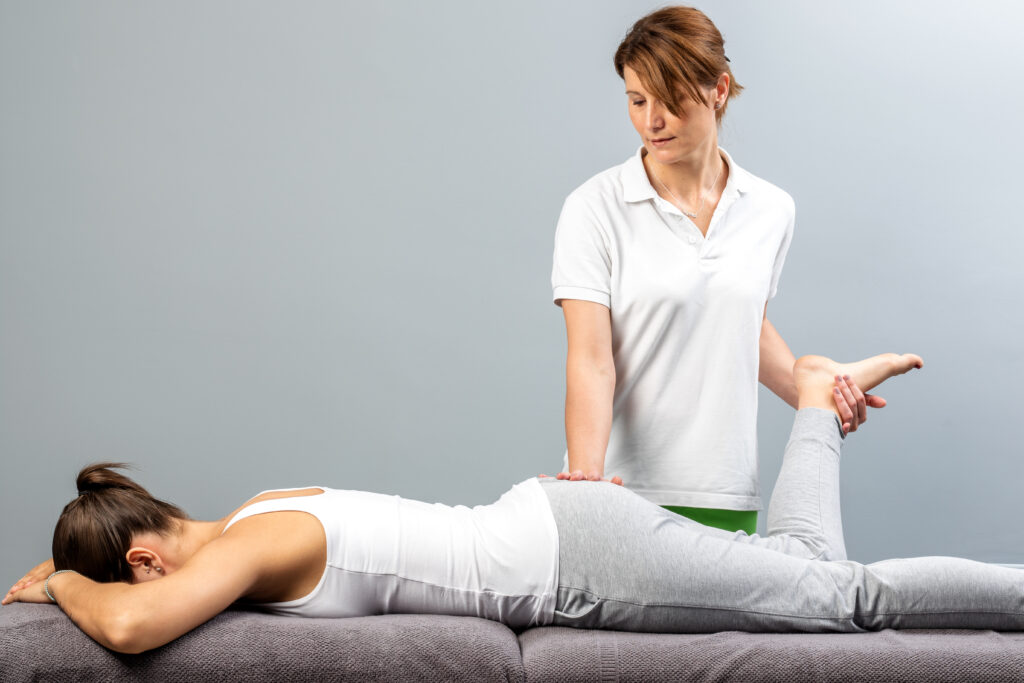
Your massage therapist can help with not only deep tissue work but also with assisted stretches
Massage therapy is a powerful tool for managing sciatic pain, espcially in the case of piriformis syndrome. Here’s how it works:
- Relieves Muscle Tension: Tight muscles, particularly in the lower back and glutes, can compress the sciatic nerve. Massage helps to relax these muscles, reducing pressure on the nerve.
- Improves Circulation: Enhanced blood flow helps to reduce inflammation and promote healing in the affected area.
- Stimulates Endorphin Release: Massage triggers the release of endorphins, the body’s natural painkillers, which can alleviate discomfort.
- Breaks Up Scar Tissue: For individuals with chronic sciatica, massage can break down scar tissue, improving mobility and reducing pain.
Techniques such as deep tissue massage, trigger point therapy, and myofascial release are particularly effective for sciatic pain. A trained massage therapist can target the muscles and soft tissues that contribute to nerve compression.
Stretches and Self-Care for Sciatic Pain

In addition to massage, incorporating regular stretches and self-care practices can help alleviate sciatic pain. Here are some effective strategies:
Stretches
- Piriformis Stretch
- Sit on the floor with your legs extended.
- Cross your right ankle over your left knee.
- Gently pull your left thigh toward your chest, feeling the stretch in your right glute.
- Hold for 20-30 seconds and switch sides.
- Cat-Cow Stretch
- Start on your hands and knees in a tabletop position.
- Inhale and arch your back, lifting your head and tailbone (Cow Pose).
- Exhale and round your spine, tucking your chin and pelvis (Cat Pose).
- Repeat for 1-2 minutes to loosen the lower back.
- Child’s Pose
- Kneel on the floor and sit back on your heels.
- Extend your arms forward and lower your torso toward the ground.
- Hold for 30 seconds to stretch the lower back and hips.
In addition, Prevention Magazine has a great article on stretches for Sciatic Pain Relief 7 Stretches for Sciatic Pain Relief
Self-Care Tips
- Hot and Cold Therapy: Alternate between applying a heating pad and an ice pack to reduce inflammation and relax muscles.
- Posture Awareness: Maintain good posture while sitting and standing to avoid placing unnecessary stress on the lower back.
- Stay Active: Engage in low-impact exercises, such as walking or swimming, to improve mobility and strengthen the muscles that support the spine.
- Foam Rolling: Use a foam roller to release tension in the glutes, hamstrings, and lower back.
When to Seek Professional Help
While massage, stretches, and self-care can be highly effective, it’s important to consult a healthcare professional if:
- Your pain is severe or persists for more than a few weeks.
- You experience muscle weakness or difficulty controlling your bladder or bowels.
- The pain is accompanied by numbness or tingling that worsens over time.
Sciatic pain can be debilitating, but it is often manageable with the right combination of therapies. Massage therapy provides targeted relief by addressing muscle tension and improving circulation, while stretches and self-care practices empower you to take control of your recovery. By understanding the science behind sciatica and adopting these strategies, you can reduce pain and improve your overall quality of life.
